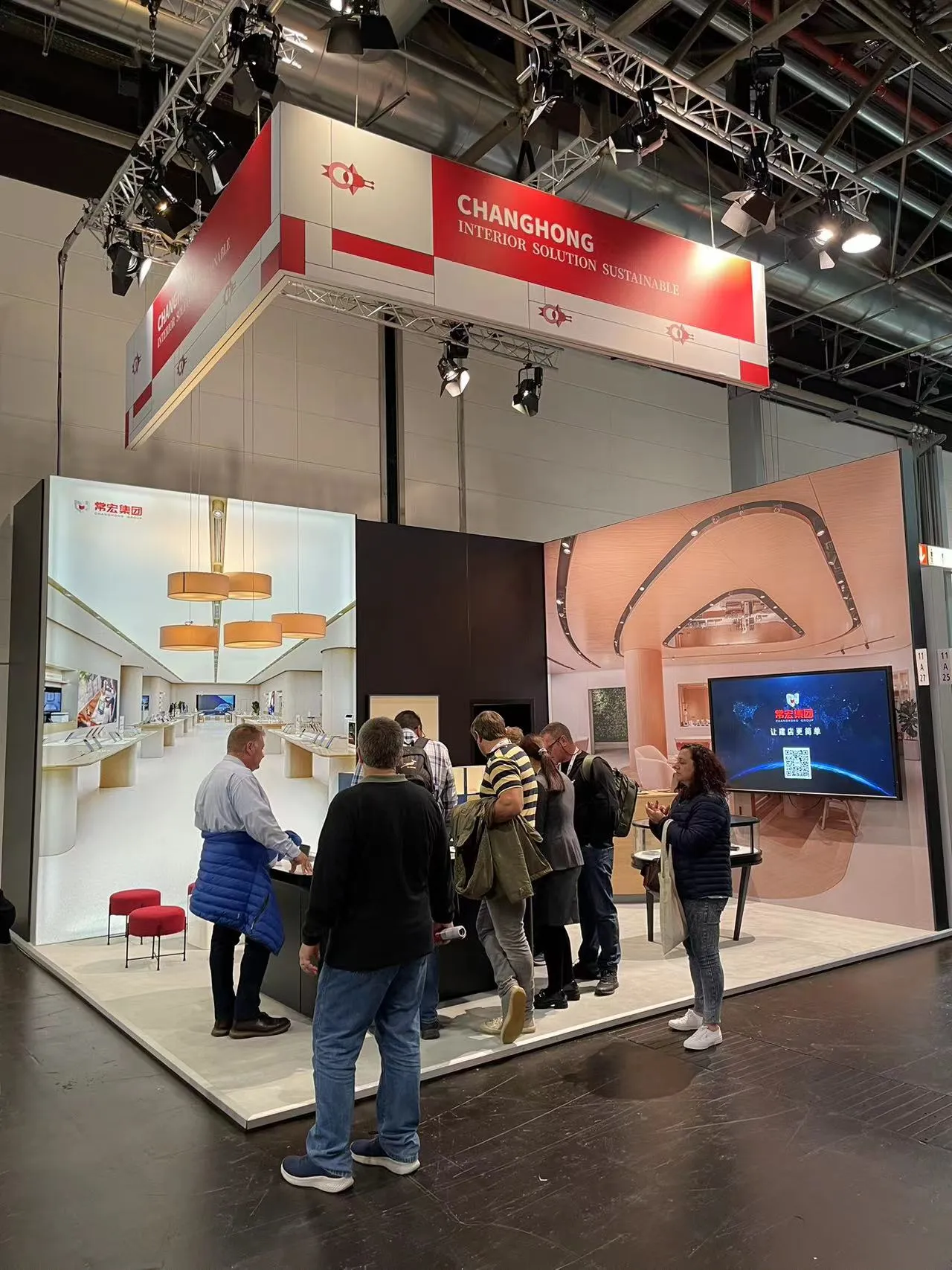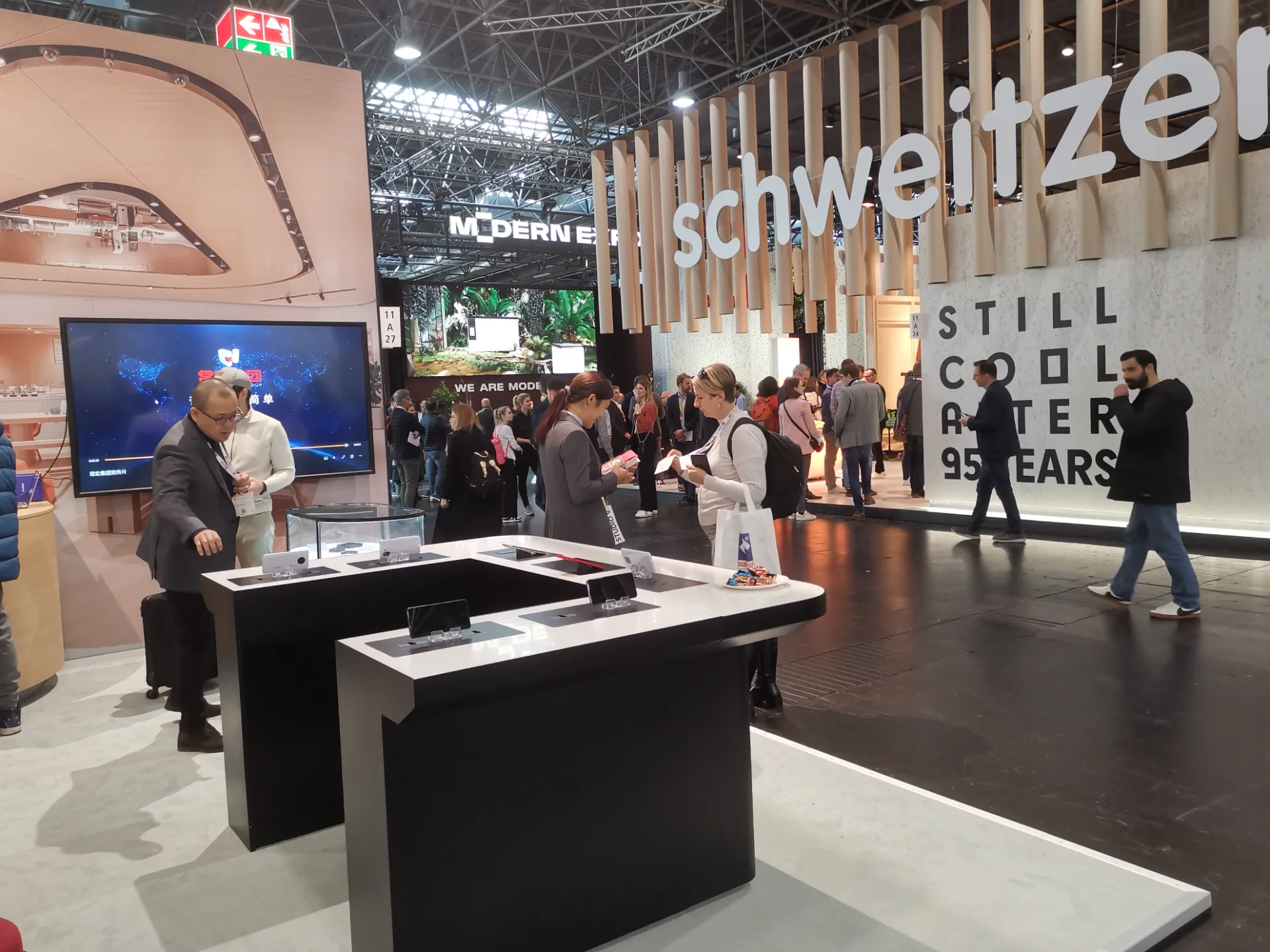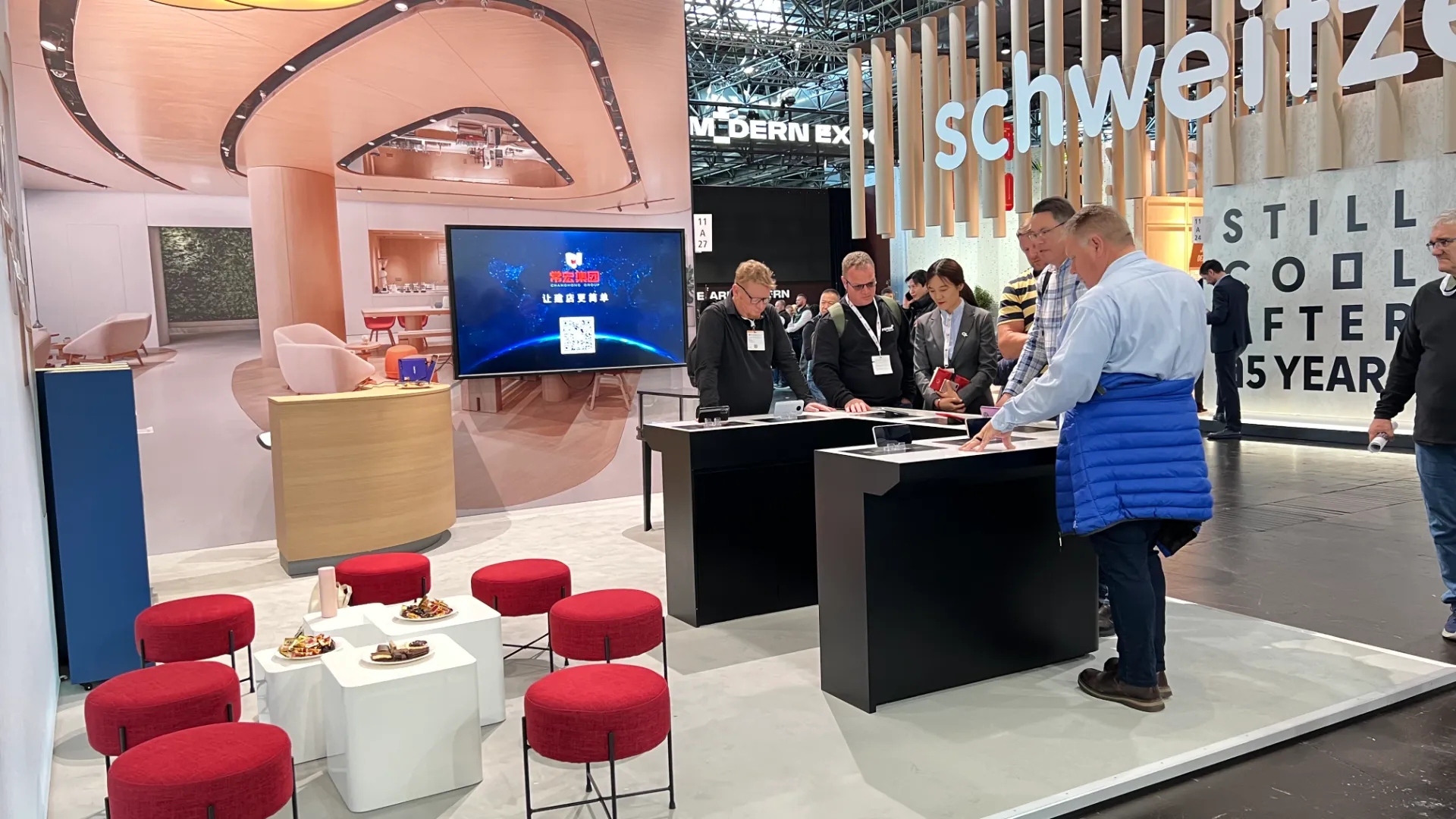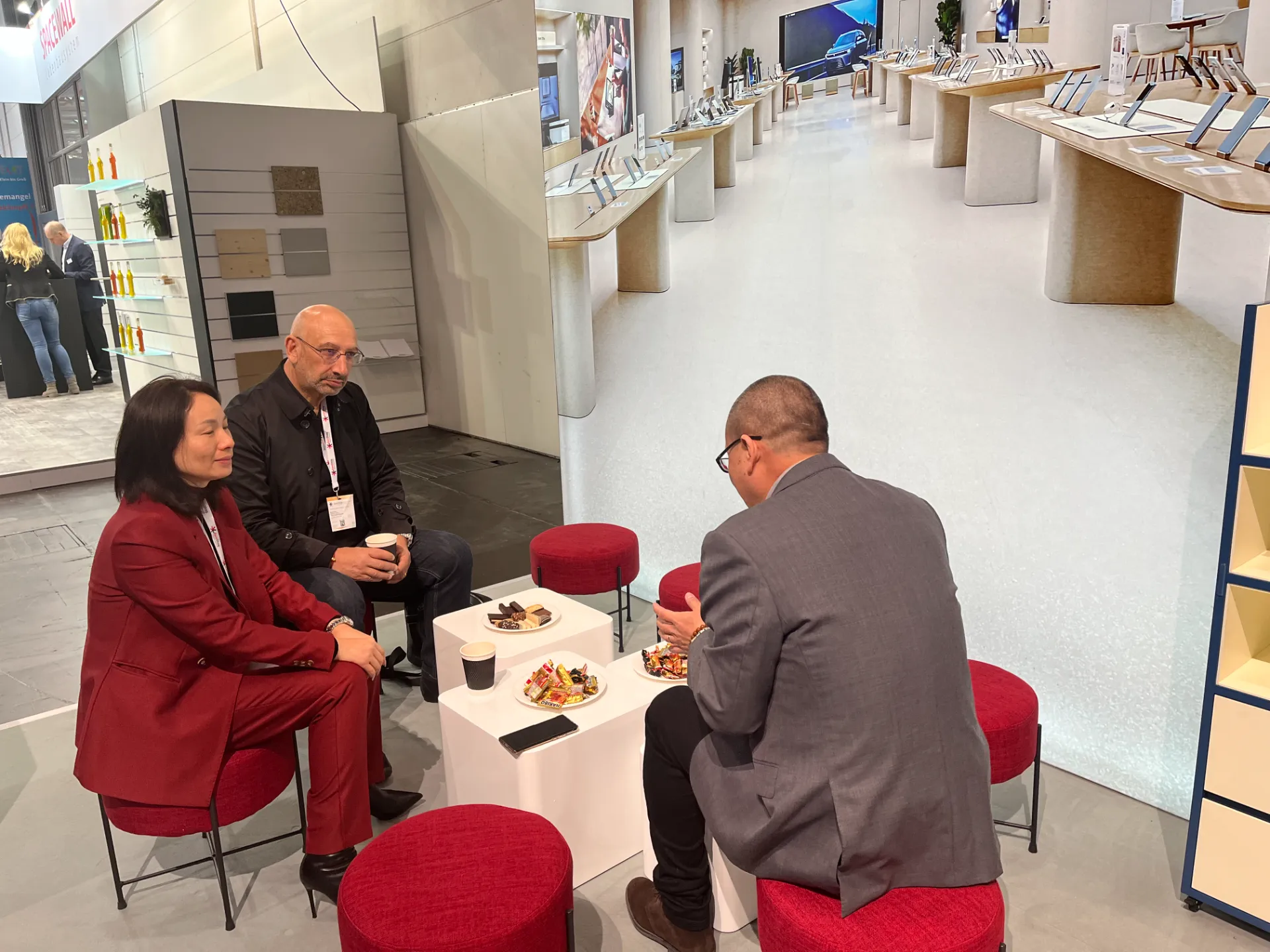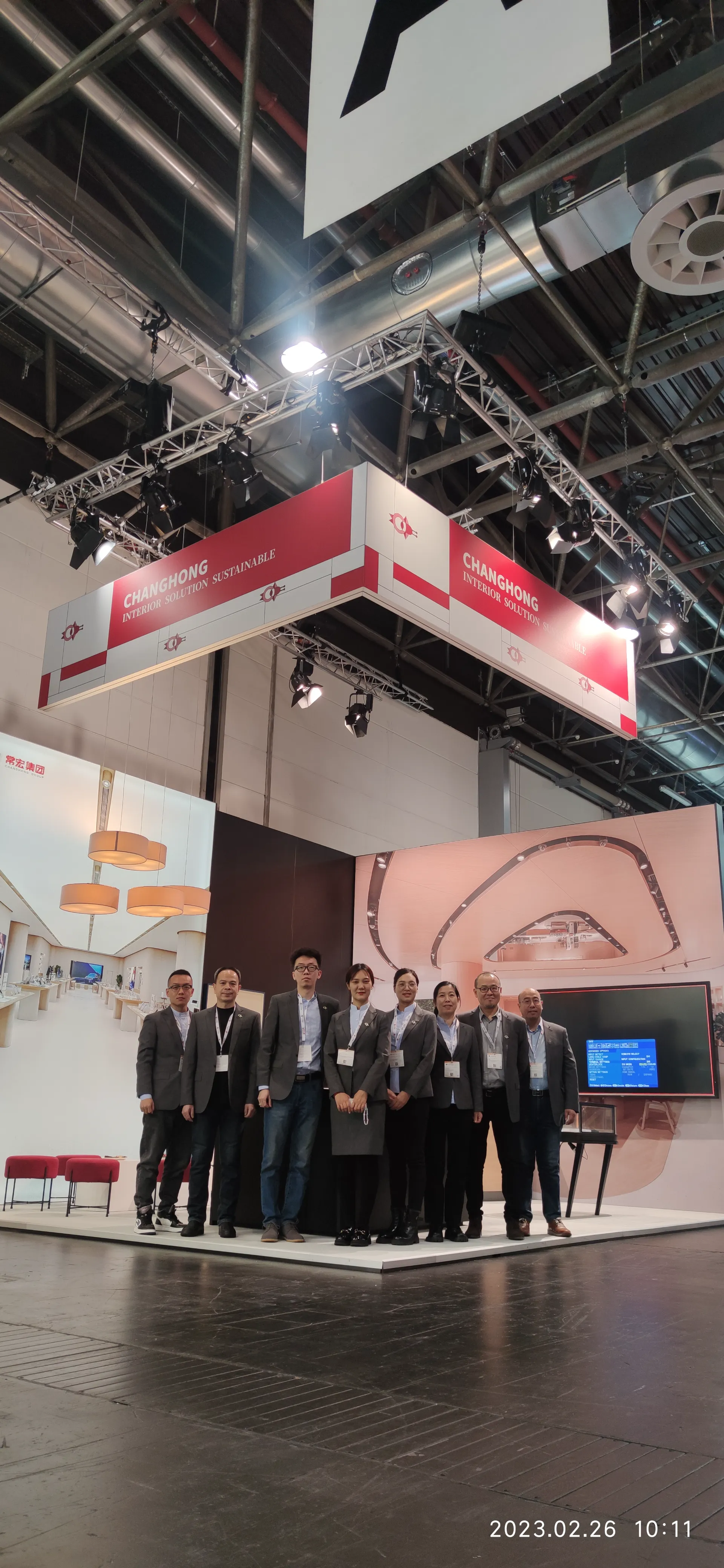Sep . 14, 2025 09:20 Back to list
Modern Cell Phone Store Display Fixture Sets & Interior Design
The Strategic Imperative of Advanced Mobile Retail Design
In the rapidly evolving landscape of mobile technology, the physical retail environment remains a critical touchpoint for consumer engagement and brand building. A well-conceived store interior is not merely an aesthetic choice but a strategic asset, significantly influencing customer experience, product visibility, and ultimately, sales performance. This document delves into the intricacies of modern retail design, focusing on the sophisticated solutions offered by a Cell pone store display fixture set interior design of mobile shop. Such comprehensive solutions integrate cutting-edge fixtures with cohesive interior design principles to create immersive, functional, and visually appealing retail spaces.
We will explore the prevailing industry trends, the technical specifications defining high-quality fixtures, diverse application scenarios, and the demonstrable advantages that empower mobile retailers to thrive in a competitive market. Our analysis will also cover the manufacturing process, vendor selection criteria, and the critical role of customized solutions in achieving unique brand identities.
Industry Trends in Mobile Retail Display and Interior Design
The mobile retail sector is dynamic, driven by technological innovation and evolving consumer behaviors. Key trends shaping the design of mobile shops include:
- Experiential Retail: Moving beyond mere transactions, stores are becoming experience hubs. This involves interactive displays, dedicated demo zones, and comfortable seating areas where customers can explore devices and services at leisure.
- Digital Integration: Seamless integration of digital screens, RFID tags, and QR codes provides interactive product information, allows for easy comparison, and streamlines the purchasing process, bridging the online and offline experience.
- Modularity and Flexibility: Retailers require display solutions that can be easily reconfigured to accommodate new product launches, seasonal promotions, or changes in store layout. Modular fixtures allow for rapid adaptation without significant downtime or cost.
- Sustainability: Growing consumer and corporate awareness drives demand for eco-friendly materials, energy-efficient lighting (predominantly LED), and manufacturing processes that minimize environmental impact.
- Minimalist & Clean Aesthetics: Modern mobile shops often embrace clean lines, uncluttered spaces, and a minimalist design philosophy to highlight the products themselves and convey a sense of sophistication and technological advancement.
These trends collectively inform the development of a comprehensive Cell pone store display fixture set interior design of mobile shop that is not only visually appealing but also strategically aligned with modern retail objectives.
Technical Specifications and Components
The construction of a high-performance Cell pone store display fixture set interior design of mobile shop relies on a blend of durable materials and precision engineering. Key components and their specifications are detailed below:
Common Materials Utilized:
- MDF (Medium-Density Fiberboard): Often used for shelving, cabinets, and counter bases, valued for its smooth finish and ease of machining. Typically finished with laminates (HPL, melamine), veneers, or paint. Density often ranges from 600-800 kg/m³.
- Metal (Steel, Aluminum): Provides structural integrity for frames, uprights, and secure display cases. Steel is often powder-coated for durability and aesthetics (e.g., Q235 steel, 1.5-2.0mm thickness). Aluminum is preferred for lightweight, sleek elements (e.g., 6063 alloy).
- Acrylic (PMMA): Used for transparent display covers, branding elements, and illuminated features. Known for its clarity, impact resistance, and thermoforming capabilities. Thicknesses typically from 3mm to 10mm.
- Tempered Glass: Employed for secure showcases and elegant shelving. Offers superior scratch resistance and safety compared to annealed glass. Standard thicknesses for retail often range from 6mm to 12mm.
- LED Lighting: Integrated for product illumination, accent lighting, and digital displays. Specifications include color temperature (e.g., 4000K-6500K for cool white), lumen output, CRI (>80 for accurate color rendition), and power efficiency.
Typical Product Specification Table:
| Feature | Specification | Details / Material |
|---|---|---|
| Overall Dimensions | Customizable, e.g., Wall Display: 1200x2400x350mm (WxHxD) | Modular sections available |
| Main Structure | Powder-coated Mild Steel Frame (1.5mm) | Q235 Steel, various RAL colors |
| Shelving/Panels | E1 Grade MDF with High-Pressure Laminate (HPL) finish | Scratch-resistant, moisture-resistant |
| Display Cases | 8mm Tempered Glass with Security Locks | Anti-shatter film optional, key/RFID locks |
| Lighting System | Integrated LED Strips (DC12V, 4000K-6000K, CRI >85) | Energy-efficient, low heat emission, 50,000+ hours lifespan |
| Base/Skirting | Stainless Steel or Powder-coated MDF | Protects from scuffs, easy to clean |
| Cable Management | Internal routing channels | Concealed wiring for a clean look |
| Security | Anti-theft mechanisms, lockable drawers | Integrated device tethers, display alarms |
Detailed Manufacturing Process Flow
The creation of a high-quality Cell pone store display fixture set interior design of mobile shop is a multi-stage process, demanding precision, material expertise, and rigorous quality control.
-
1. Design and Engineering Phase:
Initial client consultation and concept development. Professional designers translate brand identity and functional requirements into detailed 2D layouts and 3D renderings using CAD software (e.g., AutoCAD, SketchUp, 3ds Max). Engineering specifications are finalized, including material selection, structural integrity, and integration of lighting and digital components. Design for manufacturability (DFM) principles are applied to optimize production efficiency and cost.
Schematic Step: Client Brief → Concept Sketch → 3D Renderings → Engineering Blueprints → Client Approval. -
2. Material Sourcing and Preparation:
High-grade raw materials such as E1 standard MDF, Q235 steel, 6063 aluminum, high-clarity acrylic, and tempered glass are meticulously sourced from certified suppliers. Incoming materials undergo initial quality checks to ensure compliance with specified standards for dimensions, composition, and surface quality. For MDF, this includes moisture content and formaldehyde emission levels.
-
3. Fabrication and Machining:
This stage involves precise shaping and processing of raw materials:
- Woodworking: CNC cutting and routing for MDF and plywood components, ensuring exact dimensions and intricate designs. Edge banding is applied to exposed MDF edges for durability and aesthetic finish.
- Metal Fabrication: Laser cutting or plasma cutting for steel and aluminum sheets, followed by CNC bending, welding (MIG/TIG), and grinding. This creates the structural frames and intricate metal components with high precision.
- Acrylic Processing: Laser cutting, thermoforming (heat bending), and polishing to create display covers, light guides, and decorative elements with flawless finishes.
-
4. Surface Finishing:
Enhances durability, aesthetics, and resistance to wear and tear.
- Powder Coating: Applied to metal components for a resilient, uniform, and aesthetically pleasing finish that offers superior chip and scratch resistance compared to liquid paints.
- Laminating/Veneering: High-Pressure Laminate (HPL) or real wood veneer is bonded to MDF panels for various textures and patterns.
- Painting: High-quality, low-VOC paints are applied in multiple coats for MDF and other components to achieve desired colors and gloss levels.
-
5. Assembly and Integration:
Individual fabricated and finished components are assembled according to design specifications. This includes mechanical assembly, electrical wiring for LED lighting and digital displays, and installation of security hardware. Each fixture set is pre-assembled where feasible to ensure perfect fit and function before shipment.
-
6. Quality Control and Testing Standards:
Throughout the process, stringent quality checks are performed. Final inspections cover dimensional accuracy, surface finish, structural stability, electrical functionality (e.g., adherence to CE/UL standards for lighting), and security features. Compliance with ISO 9001:2015 quality management systems ensures consistent product quality and process reliability.
Testing Standards: Material safety (e.g., CARB P2 for MDF), finish durability (e.g., Taber abrasion resistance), electrical safety (IEC 60598 for luminaires), structural load bearing. -
7. Packaging and Logistics:
Fixtures are carefully disassembled (if modular) and packed using protective materials such as EPE foam, bubble wrap, and sturdy wooden crates or corrugated cartons to prevent damage during transit. Detailed packing lists and installation guides are included. Logistics are managed to ensure timely and secure delivery to the client's site.
Service Life and Target Industries:
A well-manufactured Cell pone store display fixture set interior design of mobile shop is designed for a service life typically ranging from 7 to 15 years, depending on material quality, store traffic, and maintenance. Key target industries benefiting from these advanced solutions include:
- Telecommunications Retail: Brand stores for mobile carriers (e.g., Verizon, AT&T, Vodafone), multi-brand retailers.
- Consumer Electronics: Stores specializing in smartphones, tablets, wearables, and related accessories.
- Luxury & Boutique Electronics: High-end shops requiring premium finishes and bespoke designs.
- Department Stores & Hypermarkets: Dedicated mobile sections within larger retail formats.
Advantages in these scenarios include enhanced product visibility, improved customer flow, reduced theft through integrated security, and a strong, consistent brand image that elevates the shopping experience.
Technical Advantages of Advanced Display Fixtures
Modern Cell pone store display fixture set interior design of mobile shop solutions offer distinct technical advantages that translate directly into operational efficiency and improved retail performance:
- Modularity and Adaptability: Designed with standardized dimensions and interlocking components, these fixtures allow for rapid reconfigurations, facilitating seasonal merchandising changes, new product launches, or complete store layout overhauls with minimal disruption. This significantly reduces long-term operational costs.
- Durability and Longevity: Utilizing commercial-grade materials like tempered glass, powder-coated steel, and HPL-finished MDF ensures resistance to heavy foot traffic, scratches, and wear. This extends the aesthetic and functional lifespan of the fixtures, reducing the frequency and cost of replacements.
- Integrated Technology: Seamless incorporation of LED lighting (e.g., DMX-controlled systems for dynamic lighting), digital signage, smart security sensors, and charging ports for demo devices enhances functionality and customer engagement without unsightly cables or separate installations.
- Enhanced Security Features: Display fixtures include integrated anti-theft mechanisms such as retractable security tethers, high-security locks for enclosed showcases, and alarm systems. This protects valuable merchandise while maintaining an open, accessible display.
- Optimized Space Utilization: Intelligent design principles, such as vertical merchandising, multi-functional units (e.g., display tables with integrated storage), and slim-profile wall systems, maximize every square meter of retail space, crucial in high-rent urban areas.
- Aesthetic Consistency & Brand Cohesion: Custom manufacturing ensures consistent color matching, material finishes, and brand element integration across all fixtures, fostering a cohesive brand identity that resonates with the target demographic.
Vendor Comparison and Selection Criteria
Selecting the right vendor for a Cell pone store display fixture set interior design of mobile shop is a critical decision. Beyond mere price, key differentiators include:
- Design Expertise: A vendor's ability to translate complex brand visions into practical, appealing, and compliant retail designs. Look for a portfolio that demonstrates innovation and understanding of retail dynamics.
- Material Quality & Sourcing: Commitment to using certified, durable, and sustainable materials. Inquire about material origins and quality assurance processes.
- Manufacturing Capabilities: In-house production facilities with advanced machinery (e.g., CNC, laser cutters) indicate better control over quality and lead times.
- Project Management & Lead Time: A structured project management approach, from design to installation, with transparent timelines. Average lead times for complex projects can range from 8-16 weeks depending on scale and customization.
- After-Sales Support: Comprehensive warranty, maintenance services, and availability of spare parts ensure longevity and operational continuity.
- Certifications: ISO 9001 (Quality Management), ISO 14001 (Environmental Management) for manufacturing, and relevant product safety certifications (CE, UL).
Retail Fixture Vendor Comparison Matrix:
| Attribute | High-Tier Vendor (Example: CHSHOPDISPLAY) | Mid-Tier Vendor | Low-Tier Vendor |
|---|---|---|---|
| Design & R&D | Full-service, bespoke design team, 3D renderings, DFM | Template-based with some customization | Basic designs, limited customization |
| Material Quality | Premium, certified (E1 MDF, Q235 steel), rigorous QA | Standard commercial grades, varied sourcing | Cost-driven, lower grade materials |
| Manufacturing | In-house, CNC, laser, automated lines, ISO 9001 | Mixed in-house/outsourced, less automation | Primarily outsourced, manual processes |
| Lead Time (Typical) | 8-12 weeks (design to delivery for custom projects) | 10-16 weeks, less predictable | 12-20+ weeks, often delays |
| After-Sales Support | Comprehensive warranty (2-5 years), parts, maintenance | Limited warranty, basic support | Minimal or no warranty/support |
| Pricing Model | Value-based, transparent, project-oriented | Mid-range, some hidden costs | Lowest upfront cost, higher long-term TCO |
The investment in a high-tier provider, particularly for a complete Cell pone store display fixture set interior design of mobile shop, often yields superior long-term ROI due to enhanced durability, brand consistency, and reduced maintenance.
Customized Solutions and Application Case Studies
While standard fixture sets offer a baseline, true brand differentiation and optimal retail performance are often achieved through customized solutions. A bespoke Cell pone store display fixture set interior design of mobile shop can integrate unique branding elements, accommodate specific architectural constraints, and optimize for particular product portfolios or customer journeys.
The Customization Process:
- Discovery & Consultation: In-depth understanding of brand guidelines, target audience, store layout, and specific operational needs.
- Conceptual Design: Development of unique design concepts, including material palettes, lighting schemes, and interactive elements, presented through mood boards and preliminary sketches.
- Detailed Engineering: Transformation of approved concepts into precise engineering drawings and 3D models, ensuring structural integrity, material compatibility, and adherence to safety standards.
- Prototyping (Optional): For large-scale rollouts or highly innovative designs, a prototype unit may be produced for client review and functional testing.
- Manufacturing & Installation: Production of the custom fixture set followed by professional installation, ensuring seamless integration with the store environment.
Application Case Studies:
Case Study 1: National Telecommunications Provider Rollout
A leading national telecom provider engaged a specialized fixture manufacturer to standardize the retail experience across 200+ stores. The requirement was for a modular, technologically integrated Cell pone store display fixture set interior design of mobile shop that could be rapidly deployed and adapted to varying store footprints. The solution involved custom wall displays with integrated digital screens for dynamic content, interactive product tables with embedded charging and security, and a sleek service counter.
- Challenge: Inconsistent brand image, slow product refreshes, limited customer engagement.
- Solution: Bespoke modular system featuring premium finishes (e.g., matte black powder-coated steel, natural wood laminates), concealed cable management, and RFID-enabled product information points.
- Results: Post-implementation, the client reported a 15% increase in customer dwell time, a 10% uplift in accessory sales, and positive customer feedback regarding the modern, immersive store environment. Standardization also reduced future refit costs by 30%.
Case Study 2: Luxury Smartphone Boutique Design
A high-end smartphone brand sought an exclusive retail presence in a prime shopping district. The project demanded a sophisticated Cell pone store display fixture set interior design of mobile shop that exuded luxury and exclusivity, with an emphasis on minimalist design and meticulous craftsmanship.
- Challenge: Creating a premium, gallery-like experience while ensuring product security and accessibility.
- Solution: Custom-designed, illuminated glass vitrines with discreet locking mechanisms, solid surface (e.g., Corian) presentation tables, and bespoke velvet-lined drawers for accessories. Architectural lighting was precisely integrated to highlight product contours.
- Results: The boutique achieved a distinct, high-end ambiance, attracting its target affluent clientele. Brand perception scores increased by 20% in post-launch surveys, reinforcing the luxury positioning of the products.
Trustworthiness and Support: Our Commitment
Partnering with a reliable manufacturer for your Cell pone store display fixture set interior design of mobile shop is paramount. Our commitment to quality, transparency, and customer satisfaction is built on several pillars:
Frequently Asked Questions (FAQ):
Q1: What is the typical lead time for a custom store fixture project?
A1: Lead times vary based on project complexity and volume. For a complete custom Cell pone store display fixture set interior design of mobile shop, expect 8-12 weeks from design approval to factory completion. Shipping time is additional.
Q2: What materials do you use for display fixtures?
A2: We primarily use premium-grade MDF with various finishes (HPL, veneer, paint), powder-coated steel, brushed stainless steel, tempered glass, and high-clarity acrylic, along with energy-efficient LED lighting.
Q3: Do you offer installation services?
A3: While we primarily focus on manufacturing and delivery, we can provide detailed installation guides, technical support, and connect you with trusted local installation partners in many regions.
Q4: What are your warranty terms?
A4: We provide a standard 2-year warranty on all structural components and manufacturing defects, and a 1-year warranty on electrical components (e.g., LED drivers). Extended warranties are available upon request.
Q5: How do you ensure product security for mobile devices?
A5: Our designs incorporate various security features, including lockable display cases with high-grade locks, anti-theft tethers, integrated alarm systems, and secure storage options for inventory.
Lead Time and Fulfillment:
Our streamlined production process, combined with robust supply chain management, ensures efficient order fulfillment. Design phase: 2-4 weeks. Manufacturing: 6-10 weeks, depending on project scope. Shipping: 1-4 weeks (sea freight) or 3-7 days (air freight), based on destination. We provide regular updates throughout each phase, from CAD drawings to final shipping notifications.
Warranty Commitments:
We stand behind the quality of our Cell pone store display fixture set interior design of mobile shop. All structural elements are covered by a two (2) year limited warranty against manufacturing defects, effective from the date of delivery. Electrical components carry a one (1) year warranty. This commitment underscores our confidence in the durability and craftsmanship of our products.
Customer Support:
Our dedicated customer support team is available to assist with any inquiries, from technical specifications to order tracking and post-installation support. We offer multi-channel support via email, phone, and a dedicated client portal, ensuring prompt and efficient resolution to maintain your retail operations smoothly. Our operational expertise spans over 15 years in the retail fixture industry, serving numerous global brands and local enterprises.
Conclusion
The strategic investment in a professionally designed and manufactured Cell pone store display fixture set interior design of mobile shop is no longer a luxury but a necessity for mobile retailers seeking to thrive in a dynamic market. By embracing modern design trends, leveraging advanced materials and manufacturing techniques, and partnering with experienced vendors, businesses can create compelling retail environments that enhance brand perception, optimize customer experience, and drive sales growth. The confluence of aesthetic appeal, functional design, and technological integration forms the bedrock of successful mobile retail in the contemporary era.
References
- European Committee for Standardization. EN 312: Particleboards - Specifications.
- International Organization for Standardization. ISO 9001:2015 - Quality management systems - Requirements.
- Underwriters Laboratories. UL 2108: Low Voltage Lighting Systems.
- The Custom Retail Fixture Industry: Trends and Outlook. Retail Environments Magazine, 2023.
- Impact of Store Design on Consumer Behavior in Electronics Retail. Journal of Retail and Consumer Services, Vol. 58, 2020.
-
Discover Innovative Display Fixtures for Retail and Relief | ShopDisplay
NewsNov.24,2025
-
Comprehensive Guide to Retail Store Fixtures – Trends, Benefits & Innovations
NewsNov.24,2025
-
Premium Store Display Fixtures - Durable & Sustainable Retail Solutions
NewsNov.23,2025
-
Your Expert Guide to Store Fixture Shops – Design, Sustainability & Trends
NewsNov.23,2025
-
Discover the Flexibility of Pop Up Shop Fixtures – Modular Display Solutions for Every Need
NewsNov.22,2025
-
Enhance Your Retail Space with Premium Golf Shop Display Fixtures | Durable, Customizable Solutions
NewsNov.22,2025




